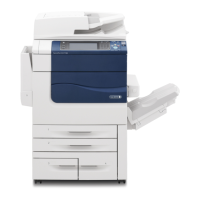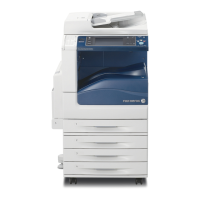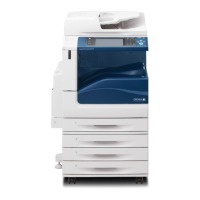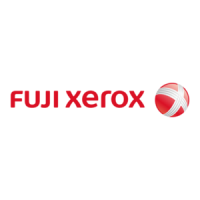Notes and Restrictions
717
Appendix
16
z
The machine may use the DNS information for IPv4 rather than that for IPv6 if: the
machine is in Dual Stack mode, the DNS information for both IPv4 and IPv6 is
configured, the machine is to be communicate with a device that is specified using
the FQDN, and the machine has just been turned on.
z
The machine may display an incorrect machine address.
Example:
Either the IPv4 or IPv6 address is not displayed in Dual Stack mode.
A different IPv6 address is displayed.
z
A time synchronization server cannot be specified in IPv6 format. Use the IPv4
format to specify a time synchronization server directly.
z
WINS does not support IPv6 communication.
z
When a self-signed certificate is used for SSL communication, observe the following
restrictions when specifying the printer URL:
- When specifying the machine by using the domain name (for IPv4 or IPv6):
Set the host name and domain name for the machine before creating a self-signed
certificate.
Example:
When the FQDN is "csw.ipv6.domain.local", specify csw for the host name, and
ipv6.domain.local for the domain name.
- When specifying the machine by using the IPv4 address:
Import a self-signed certificate that is created in IPv4 or Dual-Stack mode.
- When specifying the machine by using the IPv6 address:
Secure IPP (IPP-S) communication is not available.
z
When IPv6 is enabled and IPv4 is disabled on the machine, you cannot specify a
storage location for the Browse function of the Scan to PC (SMB) service is not
available.
z
When the Scan to PC (FTP) service is used, only ASCII characters can be used for
file names.
z
In the following cases, since the addresses may not be recognized as those of the
same machine, the lpq command (for status check) and the lprm command (for
canceling) may not be available for LPD print jobs.
- When simultaneously operating IPv4 and IPv6 addresses with the same host
- When simultaneously operating multiple IPv6 addresses with the same host
z
IPv6 addresses may not be correctly recorded on job logs. Use an IPv4 network for
correct logging.
z
When searching a device outside the router via SMB, directly specify the address.
Multicasting is supported only within a local link (FF02::1).
z
In an IPv6 environment without a DNS server, if a computer name is specified in the
SMB server settings for SMB authentication, the authentication fails. Specify the
IPv6 address directly for a computer name of the authentication server.
z
If you specify an IPv6 address as a destination URL using a remote access service,
such as DocuShare, the address does not operate correctly. In an IPv6 environment,
use a DNS server and specify a remote service’s destination URL by using the
FQDN.

